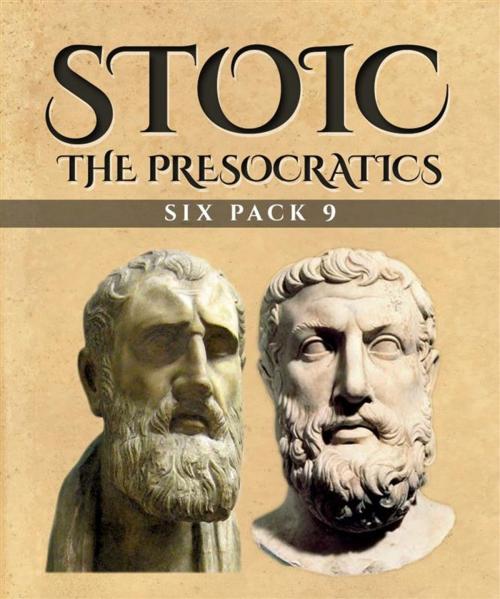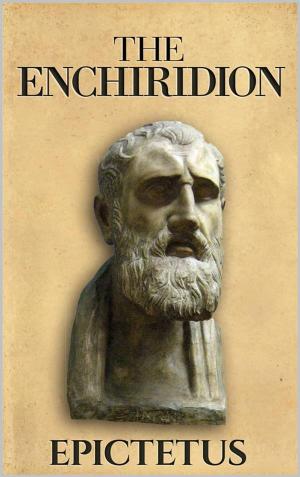Stoic Six Pack 9 - The Presocratics (Illustrated)
Anaximander, The School of Miletus, Zeno, Parmenides, Pre-Socratic Philosophy and The Eleatics
Nonfiction, Religion & Spirituality, Philosophy, Ancient| Author: | John Marshall | ISBN: | 9781365487583 |
| Publisher: | Enhanced Media Publishing | Publication: | November 8, 2016 |
| Imprint: | Language: | English |
| Author: | John Marshall |
| ISBN: | 9781365487583 |
| Publisher: | Enhanced Media Publishing |
| Publication: | November 8, 2016 |
| Imprint: | |
| Language: | English |
The philosophers who preceded Socrates (469 - 399 BC), the PreSocratics, were the first recorded individuals to reject mythological explanations for the unknown. Aristotle called the PreSocratics physikoi meaning physicists, after physis, nature, because they sought natural explanations for phenomena, as opposed to the earlier theologoi, theologians, whose philosophical basis was supernatural. The physikoi invented maps, an early time-keeping device in the form of a sun-dial and they were the first to logically argue that the earth was a spherical shape.
While most of the physikoi produced significant texts, none of their works have survived in complete form. All that is available are quotations by later philosophers (often biased) and historians, and the occasional textual fragment. Diogenes Laërtius divides them into two groups, Ionian and Italiote, led by Anaximander and Pythagoras, respectively. Other key figures include Thales, Zeno and Parmenides.
Stoic Six Pack 9 – The PreSocratics brings together a broad selection of key primary and secondary texts to help shed light on this important early philosophy school.
Stoic Six Pack 9 – The PreSocratics
Anaximander's Book, the Earliest Known Geographical Treatise by William Arthur Heidel.
The School of Miletus: Thales, Anaximander, Anaximenes and Heraclitus by John Marshall.
The Pre-Socratics by George Grote.
The Logic of the Pre-Socratic Philosophy by William Arthur Heidel.
The Eleatics: Xenophanes, Parmenides, Zeno and Melissus by John Marshall.
The Pre-Socratics by Benjamin Cocker.
Includes image gallery.
The philosophers who preceded Socrates (469 - 399 BC), the PreSocratics, were the first recorded individuals to reject mythological explanations for the unknown. Aristotle called the PreSocratics physikoi meaning physicists, after physis, nature, because they sought natural explanations for phenomena, as opposed to the earlier theologoi, theologians, whose philosophical basis was supernatural. The physikoi invented maps, an early time-keeping device in the form of a sun-dial and they were the first to logically argue that the earth was a spherical shape.
While most of the physikoi produced significant texts, none of their works have survived in complete form. All that is available are quotations by later philosophers (often biased) and historians, and the occasional textual fragment. Diogenes Laërtius divides them into two groups, Ionian and Italiote, led by Anaximander and Pythagoras, respectively. Other key figures include Thales, Zeno and Parmenides.
Stoic Six Pack 9 – The PreSocratics brings together a broad selection of key primary and secondary texts to help shed light on this important early philosophy school.
Stoic Six Pack 9 – The PreSocratics
Anaximander's Book, the Earliest Known Geographical Treatise by William Arthur Heidel.
The School of Miletus: Thales, Anaximander, Anaximenes and Heraclitus by John Marshall.
The Pre-Socratics by George Grote.
The Logic of the Pre-Socratic Philosophy by William Arthur Heidel.
The Eleatics: Xenophanes, Parmenides, Zeno and Melissus by John Marshall.
The Pre-Socratics by Benjamin Cocker.
Includes image gallery.















